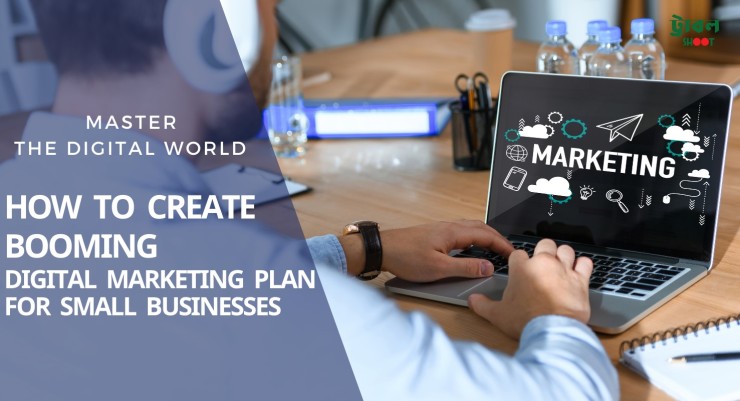
In today’s digital-first world, small businesses have incredible opportunities to compete with larger companies—if they leverage the right digital marketing strategy. Whether you’re running a boutique store, a local service company, or an online shop, digital marketing can help you build brand awareness, attract customers, and boost sales. But where do you start? In this article, we’ll guide you through the essential steps to create a digital marketing strategy that turns your small business vision into a success.
Why Small Businesses Need a Digital Marketing Strategy
Digital marketing is not just about having a website or posting on social media. It’s a coordinated effort to reach your target audience, engage them, and ultimately drive conversions. For small businesses, an effective digital marketing strategy can:
Increase brand visibility: Reach potential customers where they spend the most time—online.
Level the playing field: Compete with larger companies by targeting specific niches and local markets.
Generate leads and sales: Drive targeted traffic to your website and convert visitors into paying customers.
Build customer loyalty: Use digital channels to stay connected with your audience and offer value over time.
Now, let’s dive into how you can develop a successful digital marketing strategy for your small business.
1. Define Your Goals
Before diving into any marketing activity, it’s crucial to define your business goals. What do you want to achieve with your digital marketing efforts? Your goals will serve as the foundation for your strategy and guide your actions.
Examples of Digital Marketing Goals:
Increase website traffic by 20% in the next 6 months.
Generate 50 new leads per month through social media.
Boost online sales by 30% in the next quarter.
Improve brand awareness within your local community.
Make sure your goals are SMART: Specific, Measurable, Achievable, Relevant, and Time-bound.
2. Identify Your Target Audience
Your digital marketing efforts will be most effective when they are targeted at the right audience. To identify your target audience, think about who your ideal customer is.
Steps to Identify Your Audience:
Demographics: Consider factors like age, gender, location, income level, and occupation.
Interests and behaviors: What are their hobbies? Where do they spend their time online? What kind of content do they consume?
Pain points and needs: What problems do they face, and how can your product or service solve them?
Once you know who your audience is, you can create more personalized and relevant marketing campaigns that resonate with their needs.
3. Build a Strong Online Presence
Your online presence is often the first impression potential customers will have of your business. A well-designed website and active social media profiles are critical for establishing credibility and engaging with your audience.
Key Elements of a Strong Online Presence:
Website: Make sure your website is mobile-friendly, easy to navigate, and optimized for search engines (SEO). Include clear calls to action, such as “Contact Us” or “Shop Now.”
Social media profiles: Set up business profiles on platforms where your audience is most active, such as Facebook, Instagram, or LinkedIn. Post regularly to keep your audience engaged.
Google My Business: For local businesses, having a Google My Business profile helps you appear in local search results and boosts visibility.
4. Leverage Search Engine Optimization (SEO)
Search engine optimization (SEO) is the process of improving your website’s visibility on search engines like Google. The higher your site ranks in search results, the more organic traffic you’ll receive. SEO is a cost-effective way to attract potential customers who are already looking for products or services like yours.
Key SEO Strategies for Small Businesses:
Keyword research: Identify relevant keywords that your target audience is searching for. Use tools like Google Keyword Planner or Ubersuggest to find keywords with high search volume and low competition.
On-page SEO: Optimize your website’s content, meta tags, and images for your target keywords. Make sure your website is fast-loading and mobile-friendly.
Content marketing: Publish valuable and informative content, such as blog posts, videos, or guides, that addresses your audience’s needs and incorporates relevant keywords.
Local SEO: Optimize your website and Google My Business profile for local searches by including location-based keywords like “best bakery in Dhaka.”
5. Utilize Social Media Marketing
Social media platforms offer an excellent opportunity for small businesses to connect with their audience, share content, and promote products. With billions of users on platforms like Facebook, Instagram, and Twitter, the key is to choose the platforms where your audience is most active and create engaging content that speaks to them.
Social Media Marketing Tips:
Consistency: Post regularly to keep your audience engaged. Create a content calendar to plan and schedule your posts in advance.
Engagement: Interact with your followers by responding to comments, answering questions, and participating in conversations.
Content variety: Use a mix of content types, including images, videos, stories, and live streams, to keep your social media profiles dynamic and interesting.
6. Invest in Pay-Per-Click (PPC) Advertising
PPC advertising allows you to place ads on platforms like Google, Facebook, or Instagram and only pay when someone clicks on your ad. This can be a great way to drive traffic to your website or generate leads quickly.
Benefits of PPC for Small Businesses:
Target specific audiences: With PPC, you can target users based on their demographics, location, interests, and behavior.
Immediate results: Unlike SEO, which can take time to show results, PPC ads can drive traffic and conversions right away.
Budget control: You can set a daily or monthly budget and adjust it based on performance.
Popular PPC Platforms:
Google Ads: Great for targeting users who are actively searching for products or services similar to yours.
Facebook Ads: Allows you to target users based on their interests, behaviors, and demographics.
7. Focus on Email Marketing
Email marketing is a powerful tool for building relationships with your audience, nurturing leads, and driving repeat business. With a well-crafted email marketing campaign, you can keep your audience informed about new products, special offers, and other updates.
Email Marketing Tips:
Build your list: Use sign-up forms on your website or offer incentives like discounts or free guides to encourage visitors to subscribe to your email list.
Personalize your emails: Address your subscribers by name and tailor your content to their interests and preferences.
Segment your audience: Divide your email list into segments based on factors like location, behavior, or purchase history to send more targeted messages.
Track performance: Use email marketing platforms like Mailchimp or Constant Contact to monitor open rates, click-through rates, and conversions.
8. Measure and Optimize Your Strategy
A successful digital marketing strategy is one that evolves. Regularly tracking and analyzing your performance allows you to identify what’s working and what needs improvement.
Metrics to Track:
Website traffic: Use Google Analytics to monitor how much traffic your website is receiving and where it’s coming from.
Conversion rates: Track how many visitors are taking desired actions, such as making a purchase, filling out a form, or signing up for your newsletter.
Social media engagement: Measure likes, comments, shares, and other interactions on your social media posts to see which content resonates most with your audience.
Email open and click rates: Monitor your email campaigns to see how engaged your subscribers are.
Conclusion: Turn Your Strategy into Success
Developing a successful digital marketing strategy for your small business takes time and effort, but the rewards are worth it. By defining your goals, identifying your audience, building a strong online presence, and using the right mix of SEO, social media, PPC, and email marketing, you can attract new customers, build lasting relationships, and grow your business.
Remember, digital marketing is an ongoing process—keep testing, refining, and optimizing your strategy to achieve long-term success. So, what are you waiting for? Start crafting your digital marketing strategy today, and watch your small business thrive in the digital world.

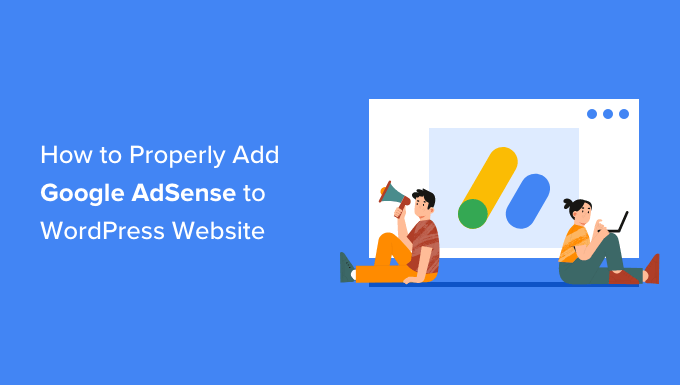


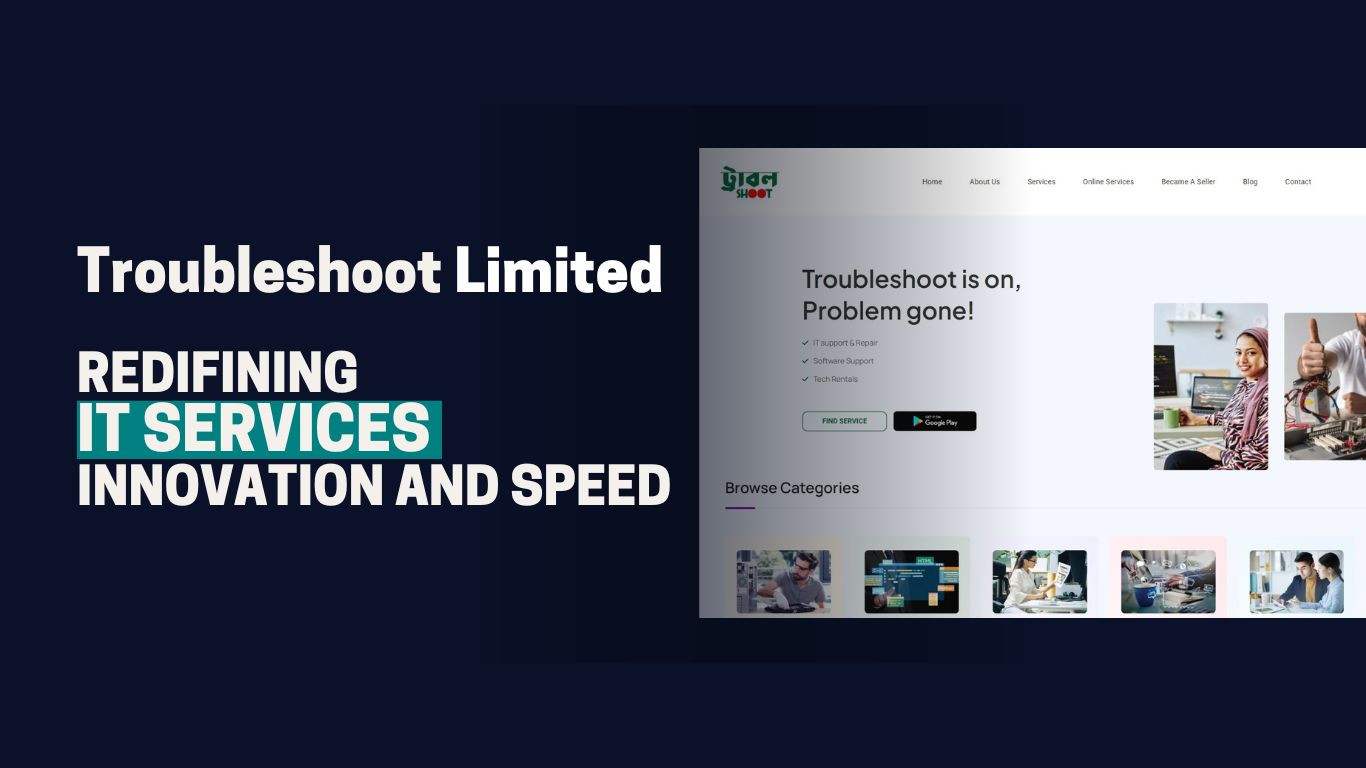

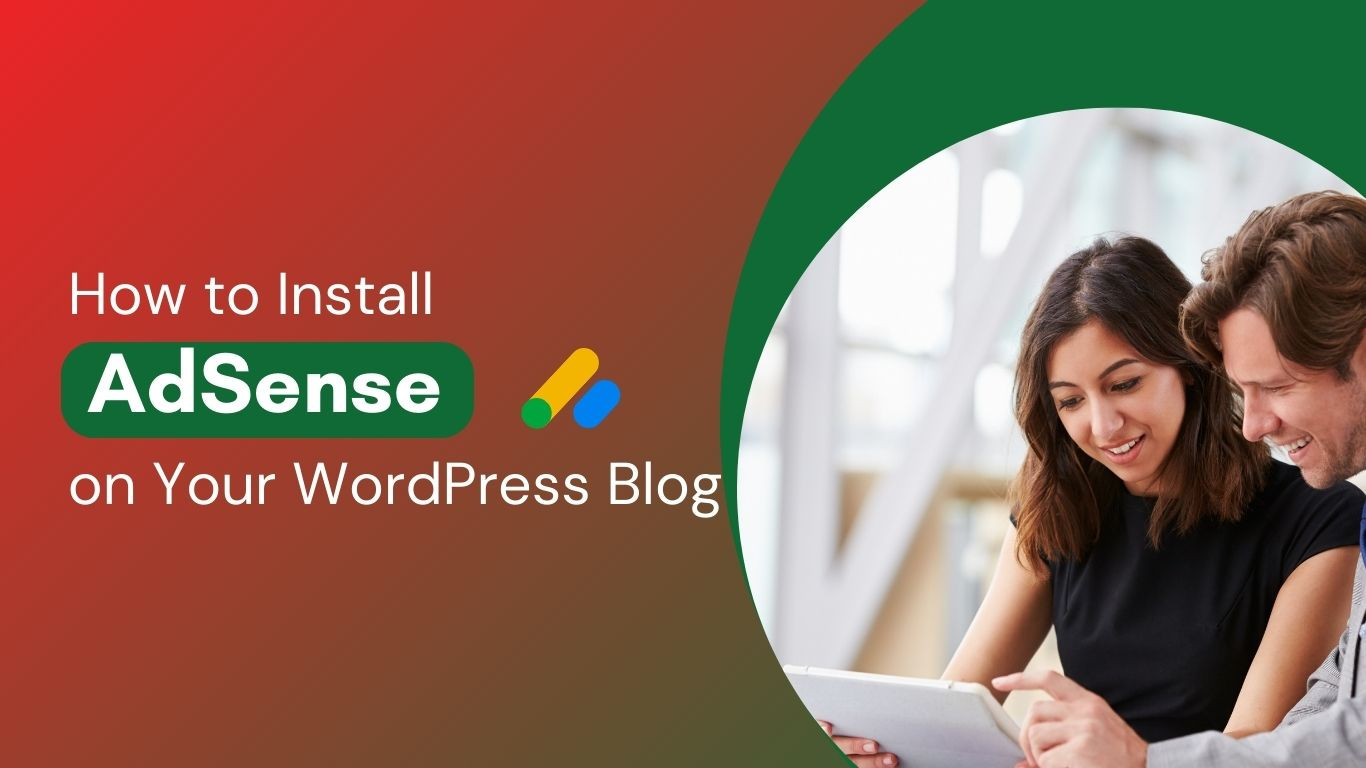
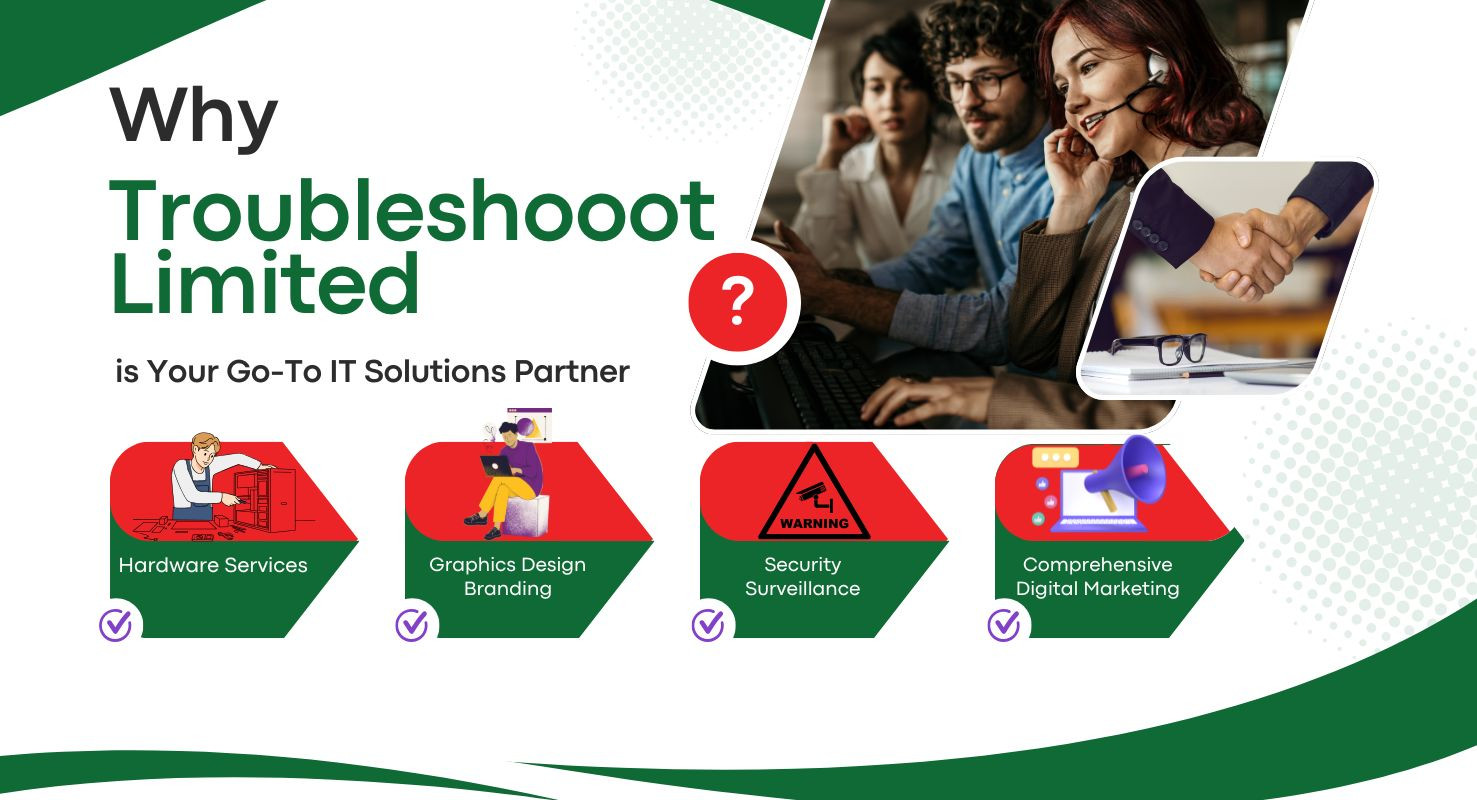
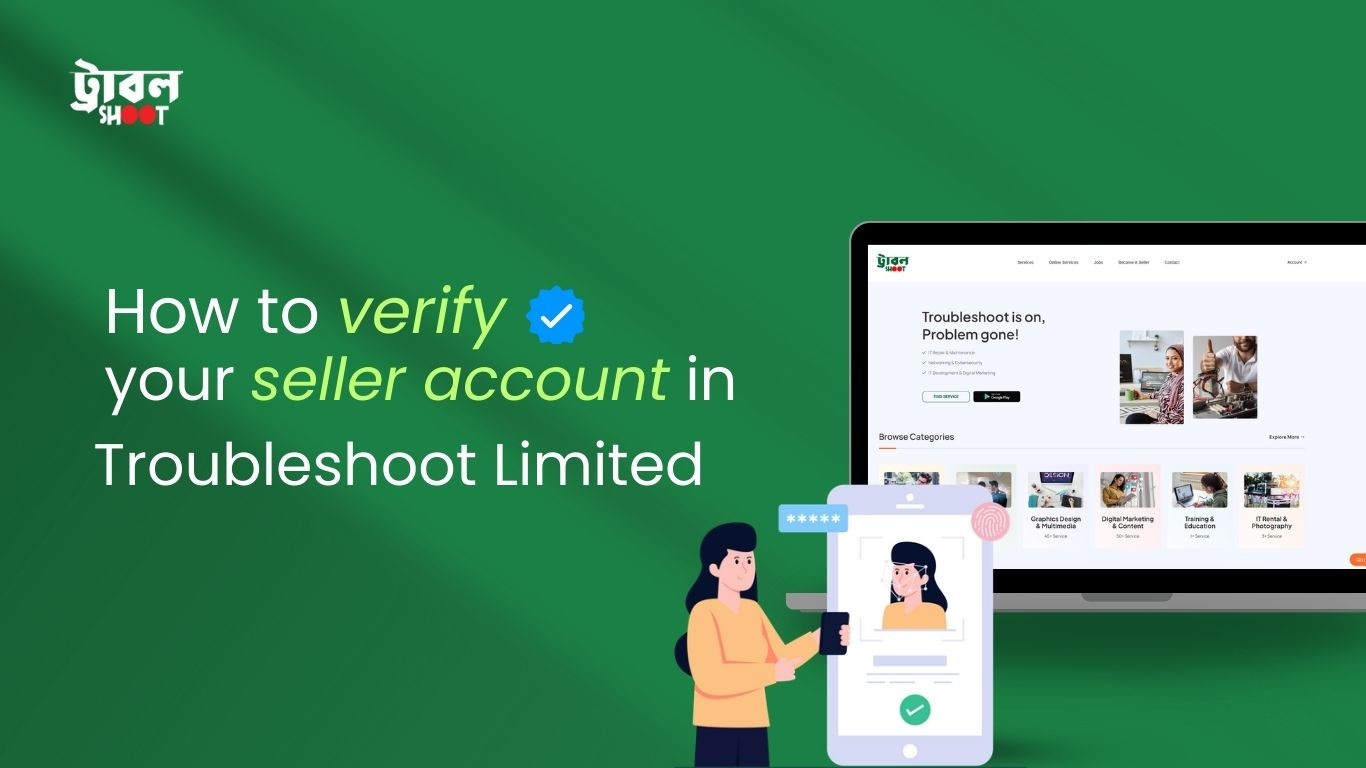
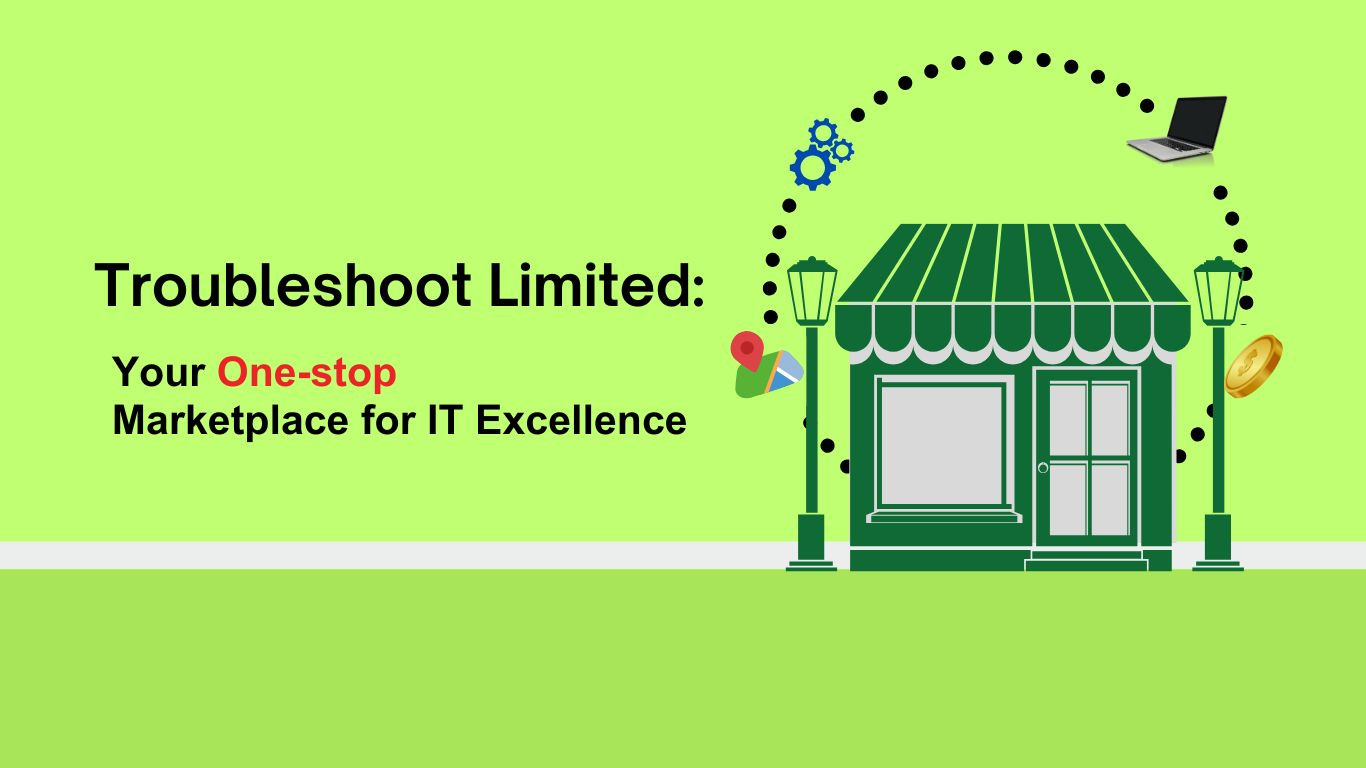
Post Your Comments